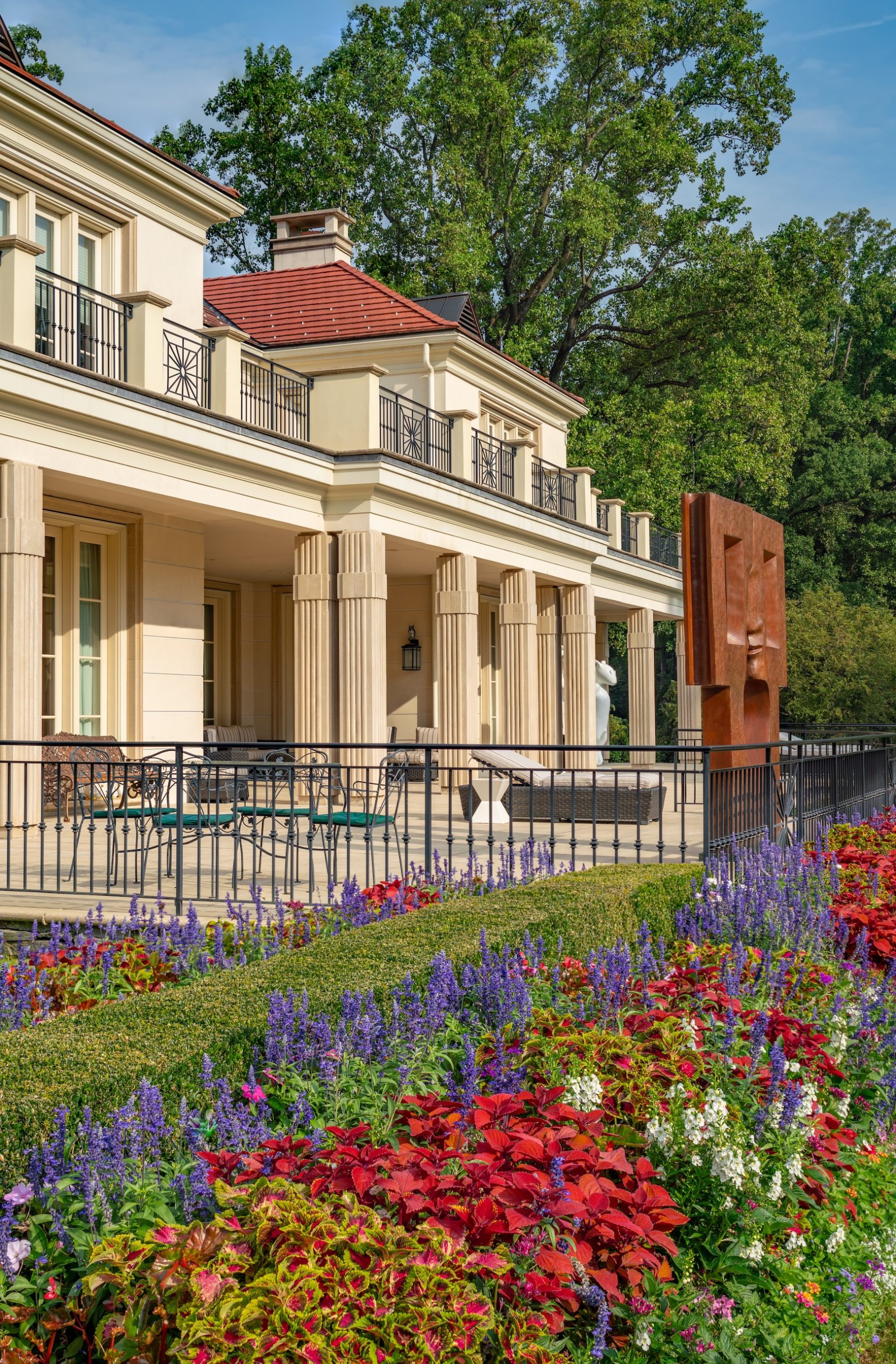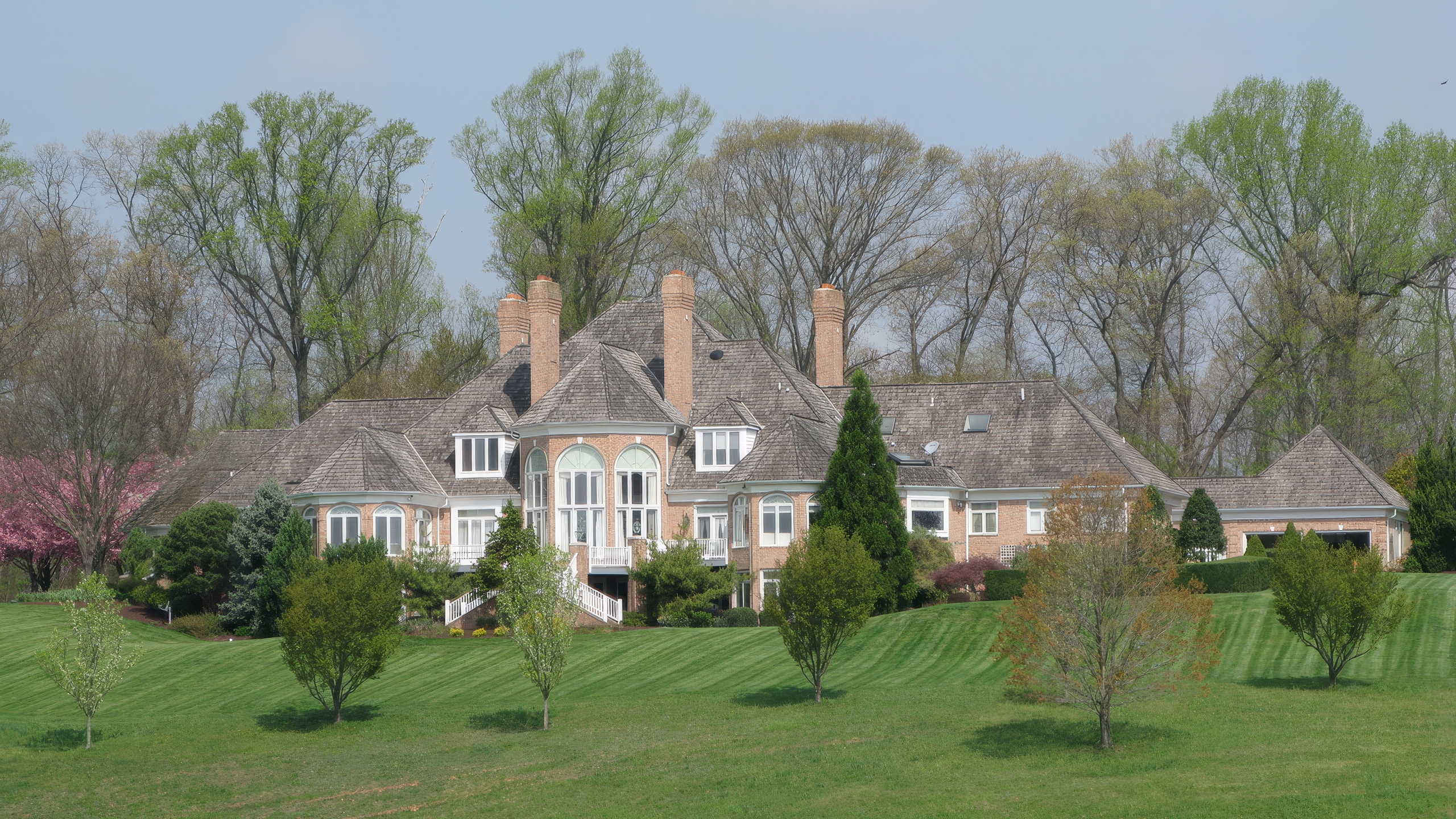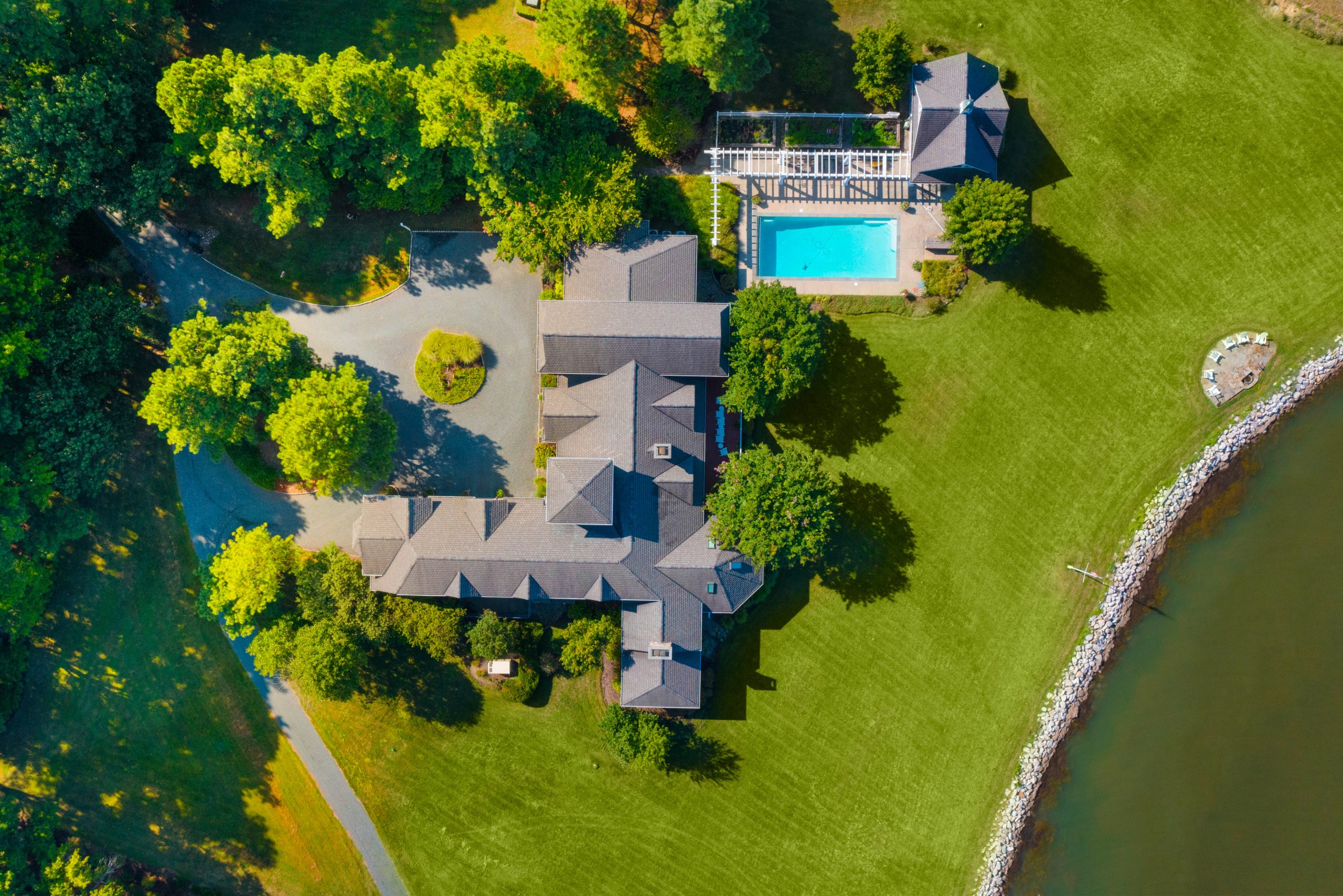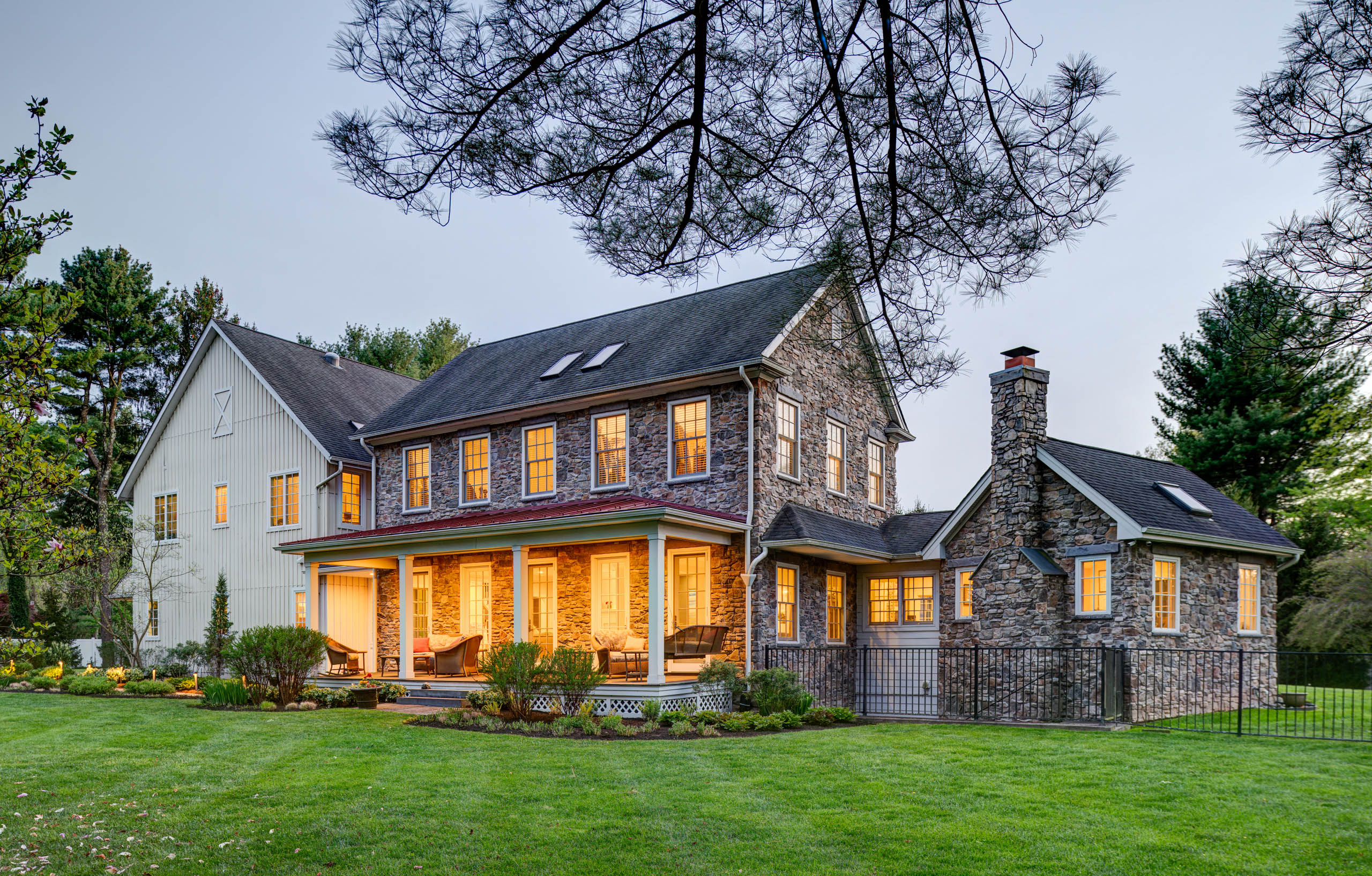What are the three most important rules of real estate? Location, location, location.
Why should those rules be any different when finding the right architect for your luxury residential project? Locality matters — even if an architect can do exceptional work from far away.
Inherent in any design is an understanding of the local flavors. In this case, “flavors” covers everything from building science, which is strongly rooted in physics, to building techniques, which are connected to local customs, local knowledge, and local aesthetics.
What Local Residential Architects Consider
Where you choose to live obviously affects your daily life. The places you frequent, the people you see, and the local cultures you encounter. But your location also impacts how your custom build takes shape. Local residential architects consider a lot that homeowners may not realize, including aesthetics, customs, and weather.
Aesthetics
Local architecture style and home aesthetics can be both the least and most important factors when choosing a local residential architect. Choosing someone with an understanding of local style is important — if that’s the style you like. You can also ignore the local aesthetics in favor of your own style choices. Neither is wrong. However, if you are concerned about resale, for example, building an all-white stucco home in an area where the local style tends toward stone and rough-sawn timber, might not only raise eyebrows, but may also make your home hard to sell if and when you’re ready to move on.
Customs
Beyond aesthetics, local customs and traditions for home builds have a purpose. Certain regions don’t often have basements, while others have many homes built into steep grades. Sometimes it’s terrain, sometimes it’s because of material availability. For example: I was involved in several projects in Charlotte, NC, where they built crawl space foundations in a way that followed the terrain using brick piers every eight feet and connecting them with four-inch brick veneer. This was completely contrary to the concrete foundations we were used to in the northeastern United States. There was nothing wrong with the local customs, it’s simply a regional variation.
If you intend on using a building material or technique in an area where the trades don’t have a deep understanding and experience in applying it, you can run into major construction quality issues. Ensure your architect can use a construction technique familiar to the local trades, to avoid delays and construction issues.
Weather
When speaking with clients, builders, and staff members about local building science, I remind them that the weather is “just physics”. By this, I mean the snow and wind loads are location dependent. The amount of weight your soil can or can’t hold can change dramatically from state to state and county to county. These things affect your structural design including the roof, walls, and foundations.
For example, when I was designing homes in the Seattle area, water intrusion took on a completely different meaning because not only was it very rainy, it was moist all the time. This changed our approach to the way we designed the exterior skin of the home. The grey skies caused us to increase the amount of glass on the exterior because of the low light. However, in Florida, where there was equally as much rain, we limited the amount of glass because there was so much sunlight.
Why Local Teams Deliver Better Results
All of this highlights the importance of the architect-client-builder relationship. If you know a local builder, see who they recommend. If you are looking for an architect, find one with experience in your climate and topography. Ask if their process includes engaging local builders.
Local teams have expertise, knowledge, and relationships that are vital to delivering successful projects. If you are looking for a luxury residential architect with local experience, Studio 314 has operated in many different states. Though our address may be in Pennsylvania, we’ve lived, designed, and worked in Connecticut, Washington State, Virginia, Maryland, Massachusetts, and more.
For more information and discussion about how our projects work, get in touch.




